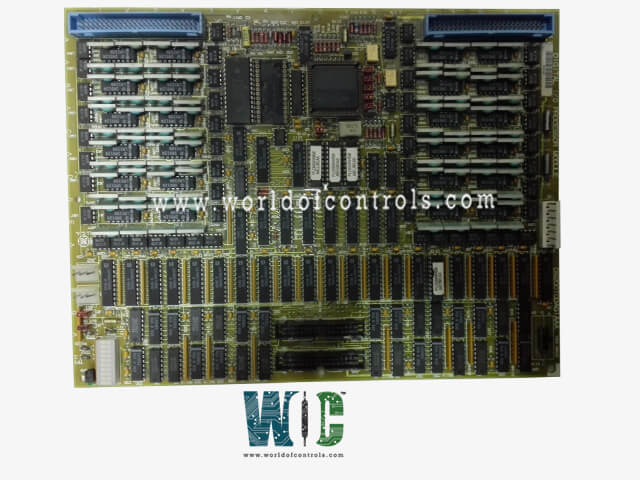
World Of Controls understands the criticality of your requirement and works towards reducing the lead time as much as possible.
DS200TCDAG1ACA - Digital I/O Board is available in stock which ships the same day.
DS200TCDAG1ACA - Digital I/O Board comes in UNUSED as well as REBUILT condition.
To avail our best deals for DS200TCDAG1ACA - Digital I/O Board, contact us and we will get back to you within 24 hours.
Part No.: DS200TCDAG1ACA
Manufacturer: General Electric
Country of Manufacture: United States of America (USA)
Size: 33.0 cm high x 17.8 cm , wide
Technology: Surface mount
Temperature: -30 to 65oC
Product Type: Digital I/O Board
Availability: In Stock
Series: Mark V
DS200TCDAG1ACA is a digital I/O board developed by GE. It is a part of the Mark V control system. The Digital I/O Board is positioned within the digital I/O cores Q11 and Q51, plays a role in managing and processing digital contact input signals originating from the DTBA and DTBB terminal boards. Additionally, it handles the control of contact output signals, which typically involve relays or solenoids, from the two TCRA boards.
The WOC team can always help you with your Mark V requirements. For more information, please contact WOC.
What is DS200TCDAG1ACA?
It is a digital I/O board developed by GE under the Mark V series.
How are contact signal inversions managed on the board?
Contact signal inversions, where necessary, are implemented through software using I/O configuration constants. These constants define how input signals should be interpreted or inverted based on system requirements. This software-based approach offers flexibility in adapting to various operational scenarios without requiring hardware modifications.
What are the benefits of using IONET for signal transmission?
Transmitting signals via the IONET network, facilitated by the JX1 (or JX2) connector, ensures robust and efficient communication across different components within the system architecture. This network-based approach supports seamless integration, real-time data exchange, and enhanced reliability in transmitting processed contact inputs to other system modules or control units.
How does the board contribute to system reliability and efficiency?
By effectively processing, conditioning, and time tagging contact inputs from DTBA and DTBB boards, the board enhances overall system reliability. It ensures accurate data acquisition and transmission, minimizes signal errors, and supports timely responses to operational changes or faults, thereby optimizing system efficiency and performance.